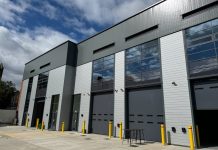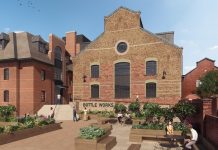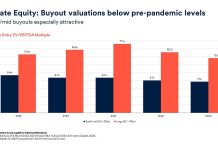David Thomas, Partner at Thames Valley-based property consultancy, Vail Williams LLP, examines the current buzz around Reading’s property market:
If you think of mass urbanisation, you may hark back to Geography lessons at school and your mind may conjure up examples of the rapidly developing cities and economies of, say, Beijing, Delhi or Mexico City.
Yet something equally significant is happening right here in the Thames Valley, specifically around Reading.
Looking behind the take-up statistics in the last three years, Vail Williams’ analysis of dozens of transactions shows there is an increased frequency of companies relocating towards the centre of Reading – in some cases this is an office move as small as ½ mile closer to the station, in others, we are seeing corporate relocations of significant distances.
Further analysis of the statistics shows key sector differences, with companies operating in the pharmaceutical and TMT sectors generally seeking to consolidate space with each move, whilst professional services appear to be growing their space.
Take Virgin Media, which intends to relocate to 120,000 sq ft on Green Park – 14 miles from Hook, and Iqvia which is moving 3 miles to the North to Reading town centre, for example. These are two of many large corporates looking to Reading as a place to base themselves.
Add to this the fact that Bayer relocated from Newbury, Sanofi is moving from Maidenhead and Guildford, SSE from Basingstoke and Thatcham, and we start to tell the story of a Reading which is not only thriving, but is becoming the one of the fastest growing regional economies in the UK.
And the list goes on: Becton Dickinson; Thales; Hammerson; Objective Corporation; KPMG; Ericsson; Pepsico; Huawei; Capita; BDO; Moore Stephens.
With each move a not insignificant number of occupiers are gravitating between 4 and 40 miles towards the centre of Reading.
Taking the headline numbers of just the transactions listed above, Reading has attracted in excess of 5,000 new employees from the wider Thames Valley region.
So it is understandable that it is once again ranked #2 in the Demos-PWC Good Growth for Cities Index; highlighted in the Tech Nation Report and is forecast to be the fastest growing ‘city’ in the UK until 2021 in the recent EY Regional Economic forecast report.
Listening to occupiers about the reasons for their location in Reading and its environs, there are a few consistent themes. Connectivity and transport links, with the much-anticipated Elizabeth Line enhancing Reading’s position as a major regional hub outside London, the commencement of the M4 smart motorway upgrade and access to talent for recruitment and retention with studies showing Reading in the top 3 cities for productivity and GVA per worker.
In support of demand, Reading boasts a good supply of office space, with reasonable rents, and developers and landlords are working hard to enhance and invest in the experiences for occupiers.
Add to this the vibrant and thriving nightlife, over 365 restaurants and cafés, and 76 hotels, and Reading cements itself as the go-to choice not only for employers, but employees too.
We are witnessing a real polarisation in demand in the market between high profile, high quality workspace which is in close proximity to Reading station, and highly accessible, amenity-rich business parks leaving a no-man’s land of secondary locations in between, where once obsolete offices are being converted into residential flats under permitted development.
Reading is definitely in the midst of a continuing mass urbanisation phenomenon and we need to ensure that its facilities and transport infrastructure keep pace in order to support its growth and vibrancy into the future.





















